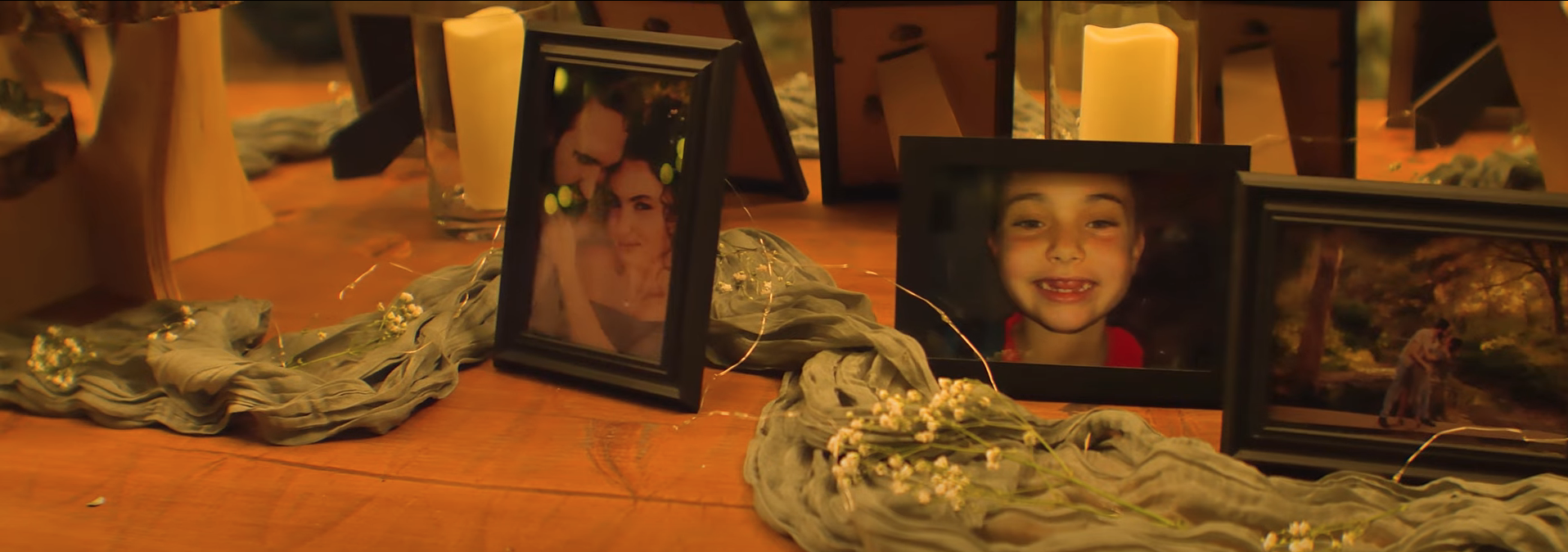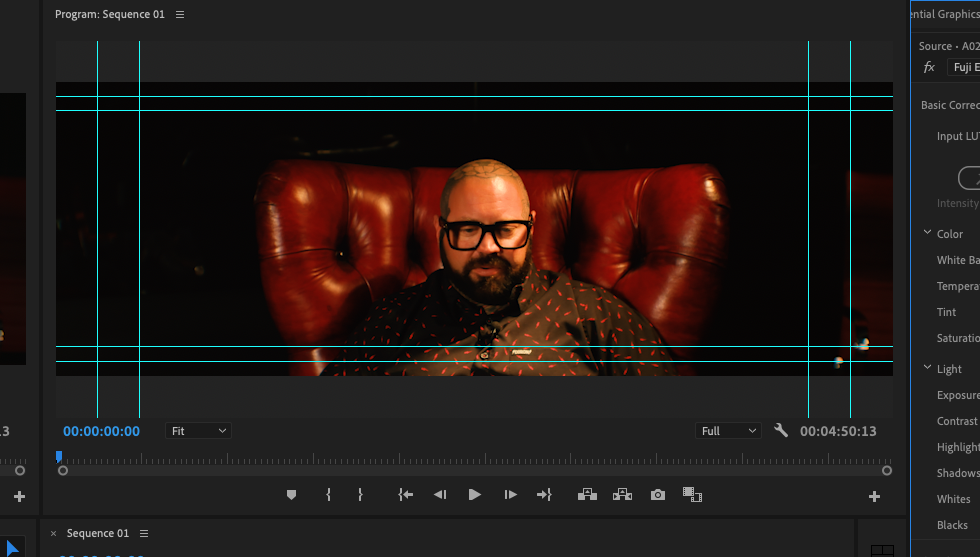What is “Cinematic”?
I see often the word “Cinematic” being tossed about by my fellow videographers and video production companies, as if that word helps “sell” their services or makes what they do more “tantalizing” or “classy” to potential clients.
I even use that word myself in the work that I do.
So then, what’s the big deal whether someone uses that term or not? People use all sorts of words daily, whether appropriately or not, to sell things or entice buyers or potential customers. Or they use them to sway opinion or thought in the direction they want people to lean.
The word “Cinematic” can though carry a lot of weight, especially when it comes to taking what’s now shot on digital media - video as well all call it, and saying it’s “cinematic” without really, truly, being so.
I’ll break down what I believe “cinematic” means, and why I use it for the work I do and provide to my current as well as potential clients. As I said, the word “Cinematic” can carry a lot of weight and even gravitas. There are several forms of video production - now that video gear more or less is being used to make actual movies, or “films”, despite not using actual celluloid film - whether 16mm or 35mm, there are ways to make digital video recording look and feel like actual film. And it’s not so much in the things that are added to give a “film look” like color grade using imitation film-stock and deeper colors, etc, or adding simulated grain, which all do help in taking off that “digital” edge so it feels more analog or less harsh and sharp. But it’s in how the footage is actually shot, and on what kind of equipment.
Many in-house video and marketing departments, as well as small production companies, use typically “ProSumer” gear - cameras that are relatively affordable, have a built-in zoom lens, and shoot up to 4k. There’s nothing wrong with that and in fact it’s what I used to use because it’s affordable and very convenient. You grab the camera, turn on auto-focus, auto exposure, and shoot.
And then you have those who use their DSLR’s that shoot video, but some nice photography lens, and or they have a digital “cinema” camera that looks like a DSLR, and they add on all sorts of equipment, or place it on a motorized gimbal and then shoot tons of walking or running shots - and somehow that makes it “Cinematic”. Add in some speed ramps to the edit (where the video speeds up and slows down back to normal., usually where the camera isn’t moving), and somehow it’s now being called by its creator, and sometimes their clients, a cinematic masterpiece.
But, let’s consider what is truly cinematic or can be called as such. If you look at timeless films (not movies, which is a different discussion), but films, like “The Black Stallion”, there is purpose and consideration in what’s being shot. The lighting, the composition, whether the camera is on a tripod or dolly, whether it’s locked down or moving - pan, zoom, truck left or right, dolly in our out, or on a Steadicam, all the shots are planned and considered by the operator or Director of Photography. And they evoke emotion.
I see often, Videographers who have their camera of choice on a motorized gimbal, moving about wildly. I don’t know why., I think it’s silly. I don’t see any consideration for dramatic lighting but instead washed out bleak lighting that has no feel or depth. Not 3 point lighting but straight on, with maybe a hair light, and one side fill. Yuck. And while all that provides good exposure, it’s boring.
Good, clean, dramatic lighting is one aspect. The camera and its capabilities is the other - does it output film-like video without the need for filters, which, to be fair, are good to have (a black pro mist for example does wonders). And then lenses. Are they cine lenses., or photo lenses? Photo lenses are extremely sharp. Cine lenses have some chromatic aberrations, and lots of character that lend to a film’s look. And then you have standard Cine lenses (spherical), and Anamorphic that are used for more wide-aspect framing we see in the theaters - called CinemaScope.
Cine lenses, a good cinema camera, a good selection of filters, lighting, and well-composed shots, can all make for a truly “Cinematic” video (or digital film, or I like the term “TrueFilm”), before the editing and post-processing. I pride myself on doing that with, though it’s not a big deal, Netflix approved cameras that output digital film, Cine lenses- both spherical and anamorphic (which I prefer TBH), and good lighting that evokes feeling. If I’m shooting outdoors, I wait for that lighting and fill it with reflectors or some sidelight that’s portable if possible.
So the next time you see someone use the term “cinematic” for their work, look at it and ask “Does this make me feel like I’m watching a really good (or great) film?”
And take a look at some of the work I have here (as well as on my YouTube as I can’t post them all here), and let me know what you think.
https://www.youtube.com/@schumskyfilms
Greg





